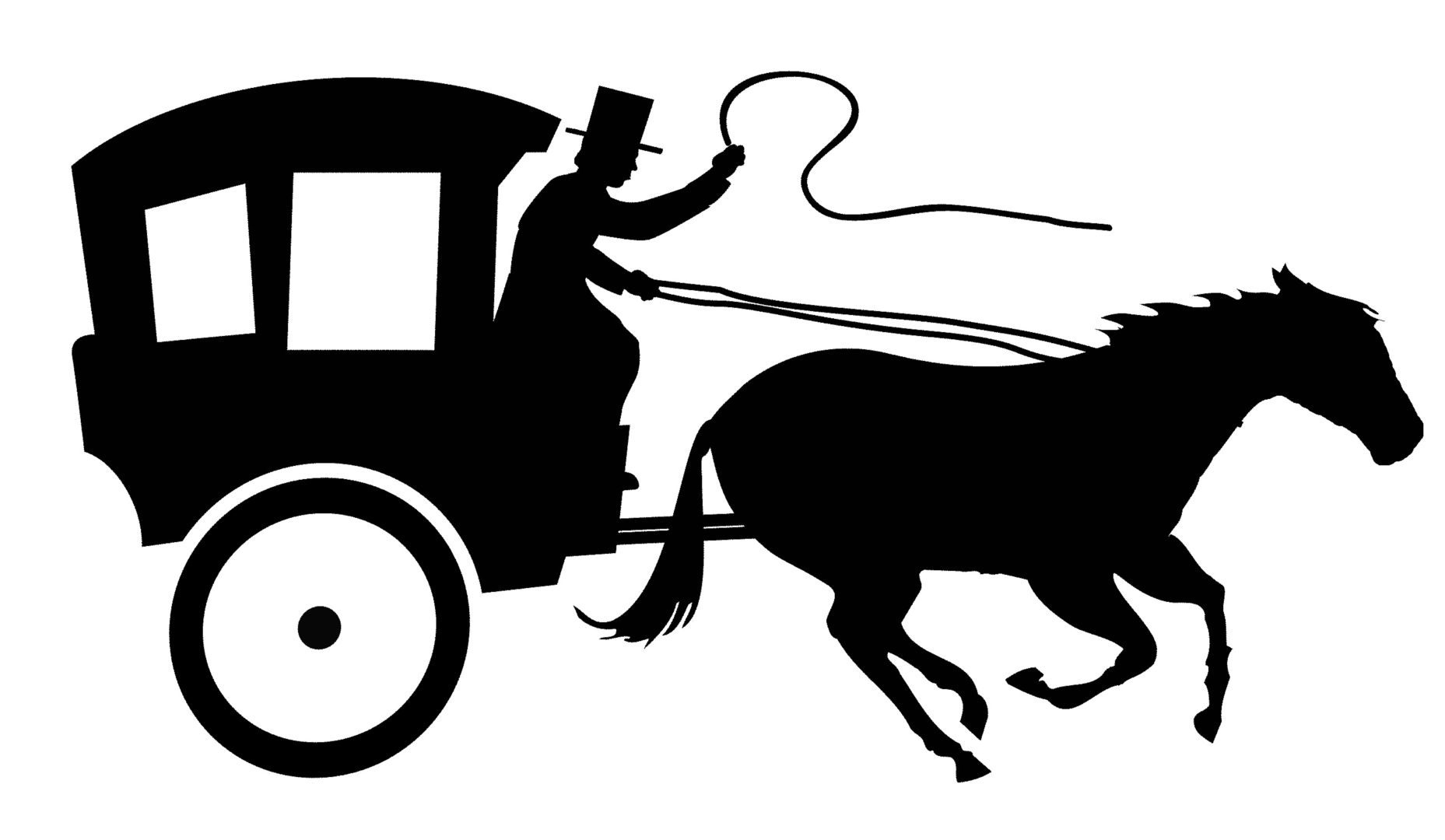Carrie Meadows

by Sarah Lindsay
Copper Canyon Press
2008
15.00
Sarah Lindsay’s Twigs & Knucklebones is an ambitious poetry collection, with its center section, “The Kingdom of Nab,” every bit as complex and substantive and satisfying as a stand-alone book (Copper Canyon and the Lannan Foundation rarely disappoint). The theme of the book is artifact, and Lindsay has made this topic exactly as broad and narrow as it should be. “The Kingdom of Nab” is an archeology dig spanning decades. Stories emerge in this section via the artifacts uncovered by generations of some reckless and other magnificently dedicated archeologists: a people’s history etched upon a clay tablet, a boy’s clay horses, bodies buried beneath a home’s floorboards, hand-molded jars, looms. These artifacts of the past are set against the CDs and automobiles of contemporary times.
In “What They Found,” the reader encounters Nummis-tet, inhabitant of Nab’s Late Middle Kingdom, the day she discovers “an eggshell, thin freckled ivory,/ broken only at one end,/ the size of an olive,” a dove egg Nummis-tet holds and contemplates as she weaves wool for Nummis the Mighty. Immediately following in “Fragments from Rubble,” an archaeologist dreams of “a thin woman wrapped in woven wool,/ head high as his shirt pocket, [who] stretched out an arm/ and left in his palm/ the little bones of her hand.” Surely this woman is Nummis-tet, and the artifacts that remain are the very bones in which she held the dove egg. The reader is invited to dig into the rubble of Nab, and I at least feel a sense of awe and exhilaration each time a contemporary researcher exposes something precious to an ancient character, or, even, when an artifact does not survive or a discovery is grossly misinterpreted, for Lindsay gives us tantalizing access to characters’ minds and possessions over centuries.
The poems that surround the book’s “Kingdom of Nab” center are similarly important to our understanding of who we, as humans, are. Nearly forgotten inventions are explored in poems such as “Starlings on the Line,” in which only four of an original 50 starlings released in California in the 1880’s survive long enough to learn the Morse code passing through the telegraph lines of their perch. In “More Than Water,” a young girl’s play song, “Dolly-doll,/ I love you more than…,” is met with outrage by her mother when the blank is filled with water, a luxury for a drought-stricken community. The poem is powerful enough on its own, but it gains new momentum when we discover, in “An Old Joke,” that sickness has overtaken the inhabitants of Nab’s Early Kingdom and one woman imagines dust overwhelming her people. The final image is heartbreaking and foreboding: “She licked honey/ from her fingers,/ and they didn’t taste like dust.” Lindsay reminds the reader that illness and drought, the seeming forces of God v. human, are no less daunting in contemporary times than they were in the past, and vice versa.
In “Jars,” the speaker asks: “Where does it come from, this stubborn idea/ that we should decide what we keep?” This is the central question the collection explores as Lindsay sifts through the artifacts of human existence. The book’s third section invites the reader to consider gray hair, orchids that grow underground, a “Real Live” Pinocchio, and other things of contemporary existence. The book spins away from me a little in this section, because it opens the scope of artifact so wide. But the poems still manage to orbit around the book’s central question. So, “Where does it come from, this stubborn idea/ that we should decide what we keep” or even what matters? For readers intrigued by this question, you’ll find Sarah Lindsay an excellent guide. This book holds up read after read, and like her 1997 collection, Primate Behavior (a finalist for the National Book Award), I’m certain Twigs & Knucklebones will draw much deserved attention to this fine poet.

